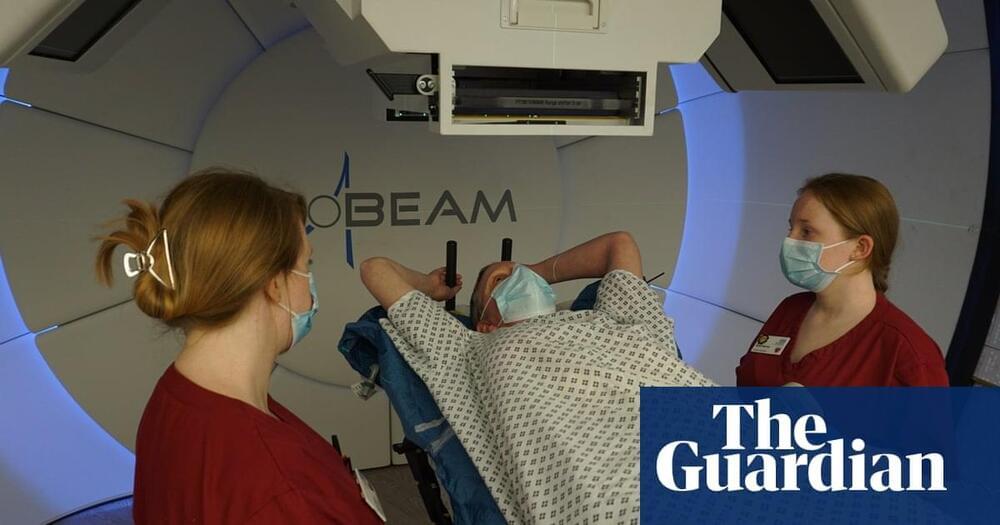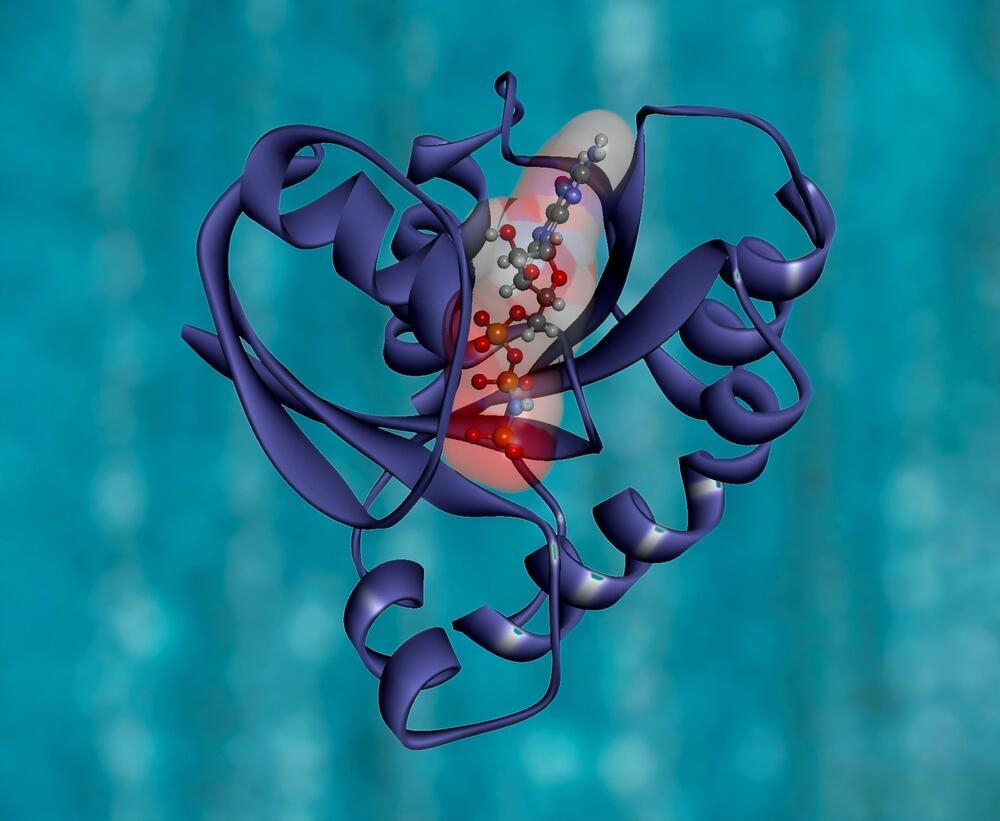
Get the latest international news and world events from around the world.



Why ChatGPT is not a threat to Google Search
Since OpenAI released ChatGPT, there has been a lot of speculation about what its killer app will be. And perhaps topping the list is online search. According to The New York Times, Google’s management has declared a “code red” and is scrambling to protect its online search monopoly against the disruption that ChatGPT will bring.
ChatGPT is a wonderful technology, one that has a great chance of redefining the way we create and interact with digital information. It can have many interesting applications, including for online search.
But it might be a bit of a stretch to claim that it will dethrone Google—at least from what we have seen so far. For the moment, large language models (LLM) have many problems that need to be fixed before they can possibly challenge search engines. And even when the technology matures, Google Search might be positioned to gain the most from LLMs.



The World’s Oldest And Deepest Lake Is Home To Cannibalistic Fish
The world’s oldest lake can be found in southeastern Siberia where it’s believed to have existed for around 25 million years. As well as being the great great grandad of lakes, Baikal is also the deepest at 1,700 meters (5,600 feet). The impressive accolade means it’s home to around 20 percent of the world’s unfrozen freshwater reserves, and in a pond that massive you can expect a fish or two.
Lake Baikal is known as the “Galapagos of Russia” for the many weird and diverse species that call it home. Despite being covered by a thick layer of ice for five months each year, the ecosystem that has developed in the lake is astonishing and like few others. It is estimated that 80 percent of plants and animals that live in it are found nowhere else on the planet.
Among them is the Baikal oilfish, also known as the golomyankas. They’re scale-less fish with translucent bodies that can stretch to around 21 centimeters (8.3 inches). There are two species in the Comephorus genus, C. baikalensis and C. dybowski.



Self-assembling proteins can store cellular ‘memories’
As cells perform their everyday functions, they turn on a variety of genes and cellular pathways. MIT engineers have now coaxed cells to inscribe the history of these events in a long protein chain that can be imaged using a light microscope.
Cells programmed to produce these chains continuously add building blocks that encode particular cellular events. Later, the ordered protein chains can be labeled with fluorescent molecules and read under a microscope, allowing researchers to reconstruct the timing of the events.
This technique could help shed light on the steps that underlie processes such as memory formation, response to drug treatment, and gene expression.
AI might replace democracy soon, w/ experts on AI
Timetable.
0:00 — AI in our society.
0:46 — Defining Algocracy.
1:00 — Current AI algorithms.
2:20 — Future of AI decision-making.
5:59 — AI governance scenarios.
7:43 — Poll on our opinions of AI
8:35 — What actually worries experts.
10:02 — What now?
Subscribe for more insight on the future of AI in our society.
Written Sources:
Civil society calls on the EU to prohibit predictive and profiling AI systems in law enforcement and criminal justice.
https://www.statewatch.org/news/2022/march/civil-society-cal…l-justice/
Toward a Theory of Justice for Artificial Intelligence, Gabriel.
https://direct.mit.edu/daed/article/151/2/218/110610/Toward-…Artificial.
EUROPEAN TECH INSIGHTS 2021 PART II, IE Center For The Governance Of Change.
https://www.ie.edu/cgc/research/european-tech-insights/?subm…wnload-cgc.
Noble, Safiya Umoja (20 February 2018). Algorithms of Oppression: How Search Engines Reinforce Racism. New York: NYU Press. ISBN 978–1479837243.